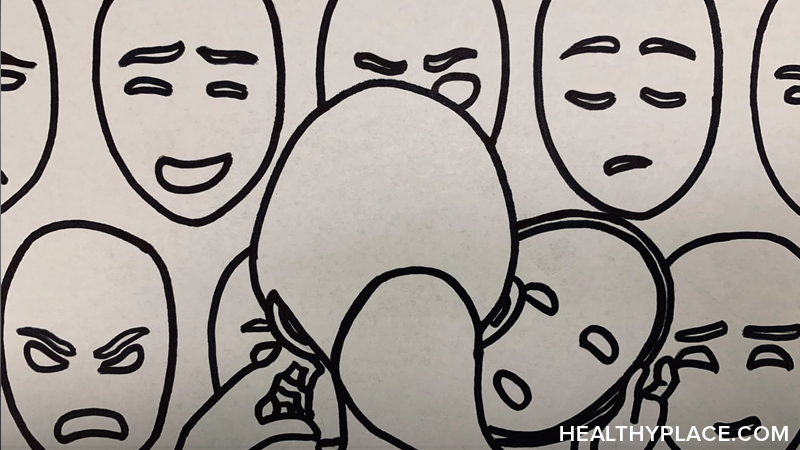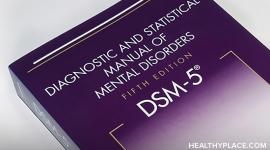Understanding Dissociative Identity Disorder Alters

Alternate personalities, known as alters in dissociative identity disorder (DID), are a fundamental part of the disorder. And while most people can't imagine more than one identity living within the same person, that's exactly what alters in DID are. People with alters often refer to themselves as "we," due to the multiple alters within the single person (Dissociative Identity Disorder Controversy: Is DID Real?).
What Are Dissociative Identity Disorder Alters?
While the term "alter" is not mentioned in the Diagnostic and Statistical Manual of Mental Disorders, Fifth Edition – the manual used to diagnose all mental illnesses – it does contain the criterion of multiple personality states being present in one with dissociative identity disorder (DID DSM-5 criteria). These personality states must each have their own enduring pattern of perceiving, relating to and thinking about the environment and self. These personality states can be thought of as alters. Alters involve marked discontinuity in sense of self and sense of agency, accompanied by related changes in affect, behavior, consciousness, memory, perception, cognition, and/or sensory-motor functioning.
DID alters can have different physical affects, accents, memories, ages, names, functions, genders and other traits. Collectively, all the alters together are known as the "system" in dissociative identity disorder. The dissociative identity disorder alter who has executive control over the body most of the time is known as "the host." The host personality may or may not be the individual's original personality.
In dissociative identity disorder treatment, some patients wish to integrate the different alters. Dissociative identity disorder integration is when an alter becomes combined into the individual as a part of them and not as a completely separate alternate personality.
Common Dissociative Identity Disorder Alter Types
Dissociative identity disorder alters are commonly of specific types. The following are common DID alter types:
- Child and adolescent alters – young alters are often the first discovered in therapy and are the most common type of alter. These alters emerge to handle the abuse that the original personality couldn't tolerate. A DID alter may be referred to as a "little" if the alter acts seven years or younger.
- Protector or rescuer alters – these alters can be of any age and were created to save the original person from intolerable situations. These DID alters are often tougher and braver than the original personality.
- Persecutor alters – these DID alters are modeled after the abuser. Persecutor alters create negative messages blaming the original identity for the abuse and telling them they need to die or pay for it. Often the host will act on these negative messages and self-harm or even attempt suicide. This is often when the person is first introduced to the mental health system.
- Perpetrator alters – also modeled after the abuser, these dissociative identity disorder alters direct their hostility outward rather than inward towards other personalities.
- Avenger alters – this dissociative identity disorder alter holds the rage from childhood abuse and may seek retribution from the abuser. They tend to express the anger of the entire system and can be hostile.
While those are the common DID alter types, other alter types occur as well.
APA Reference
Tracy, N.
(2022, January 4). Understanding Dissociative Identity Disorder Alters, HealthyPlace. Retrieved
on 2024, November 21 from https://www.healthyplace.com/abuse/dissociative-identity-disorder/understanding-dissociative-identity-disorder-alters



